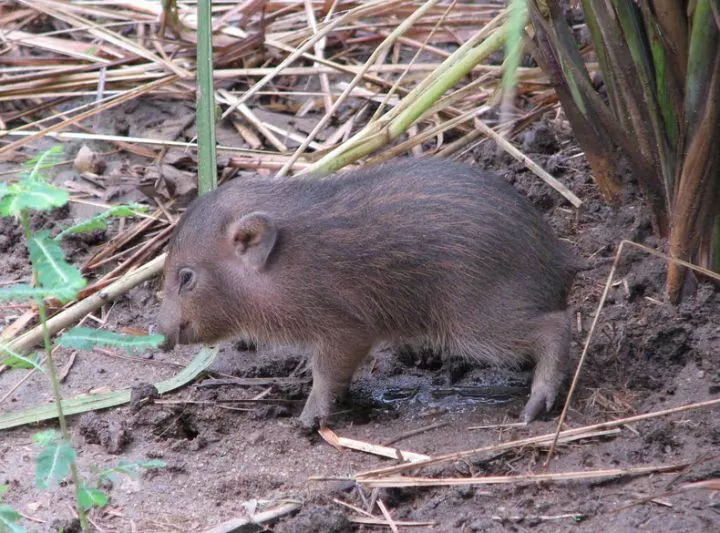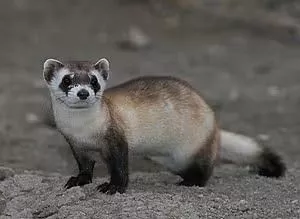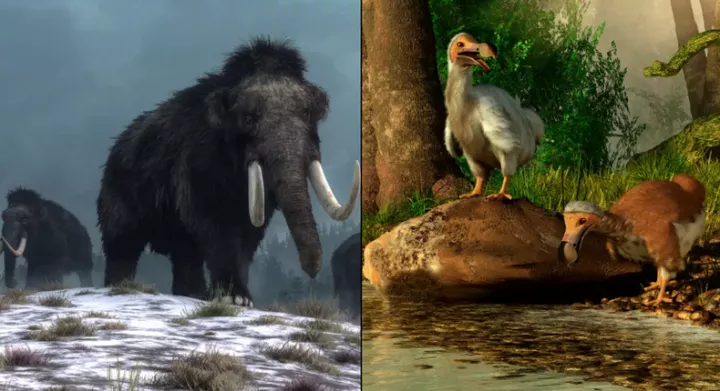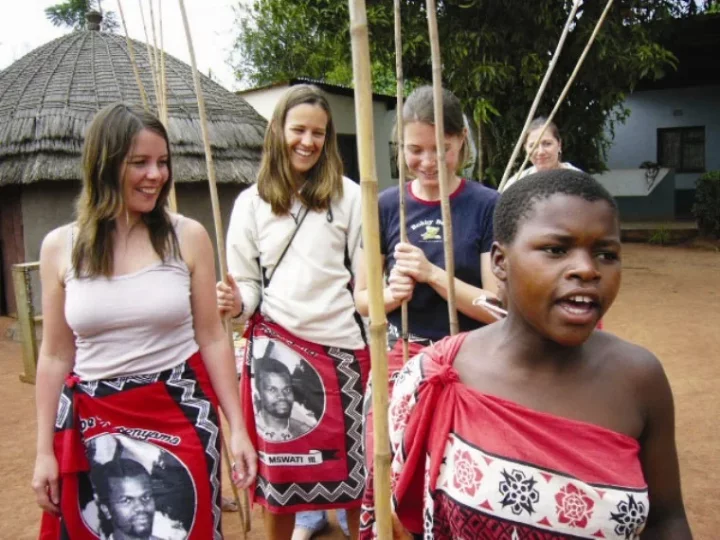![These animals were thought to be extinct [X] These animals were thought to be extinct [X]](https://static.netnaija.com/i/Dxaw1ooyKPZ.webp)
These animals were thought to have vanished forever, only to make a surprising return.
Due to the tireless efforts of scientists, conservationists, and nature lovers, a few species that were once declared extinct have been brought back from the brink.
These remarkable animals are living proof that it's possible to reverse the damage we've done to the planet. They also serve as a reminder of the importance of protecting our wildlife and natural habitats.
Here's a look at five amazing animals that have defied the odds and made a comeback from extinction.
1. The pygmy hog

The pygmy hog is the smallest wild pig in the world, standing only about 10 inches tall. Native to the grasslands of India, these tiny creatures were thought to be extinct in the 1960s due to habitat loss and hunting. However, a small population was discovered in the 1970s, sparking conservation efforts to save them. Breeding programs were established, and after years of careful work, pygmy hogs were reintroduced into the wild. Today, their numbers are slowly increasing, and they can once again be found in their natural habitat.
2. The black-footed ferret

Native to North America, the black-footed ferret was declared extinct in the wild in the 1980s after its primary prey, the prairie dog, was nearly wiped out. Fortunately, a small population of black-footed ferrets was discovered on a ranch in Wyoming. Conservationists quickly stepped in to save the species, initiating a breeding program that has since led to the reintroduction of these ferrets into the wild. Thanks to these efforts, the black-footed ferret is no longer extinct, and its population continues to grow.
3. The Bermuda petrel

The Bermuda petrel, also known as the Cahow, is a seabird native to Bermuda. It was thought to have gone extinct in the 1600s due to overhunting and the introduction of non-native predators. However, in the 1950s, a small colony of Bermuda petrels was discovered on a remote island. Conservationists quickly set up protective measures to ensure the birds' survival. Today, the population of Bermuda petrels is slowly but steadily increasing, thanks to ongoing conservation efforts.
4. The Przewalski's horse

Przewalski's horse, also known as the Mongolian wild horse, is the last truly wild horse species in the world. By the mid-20th century, it was declared extinct in the wild due to hunting and habitat loss. Fortunately, a few of these horses had been kept in captivity, allowing scientists to start a breeding program. In the 1990s, Przewalski's horses were reintroduced to their native habitat in Mongolia. Their population is now growing, and they roam freely in the wild once again.
5. The takahe

The takahe is a flightless bird native to New Zealand. It was believed to be extinct for nearly 50 years until a small population was rediscovered in a remote valley in 1948. Conservationists immediately took action to protect the remaining birds and started a breeding program. The takahe has made a remarkable recovery, and while still endangered, its population has grown, and the bird is now carefully managed to ensure its survival.

















Comments